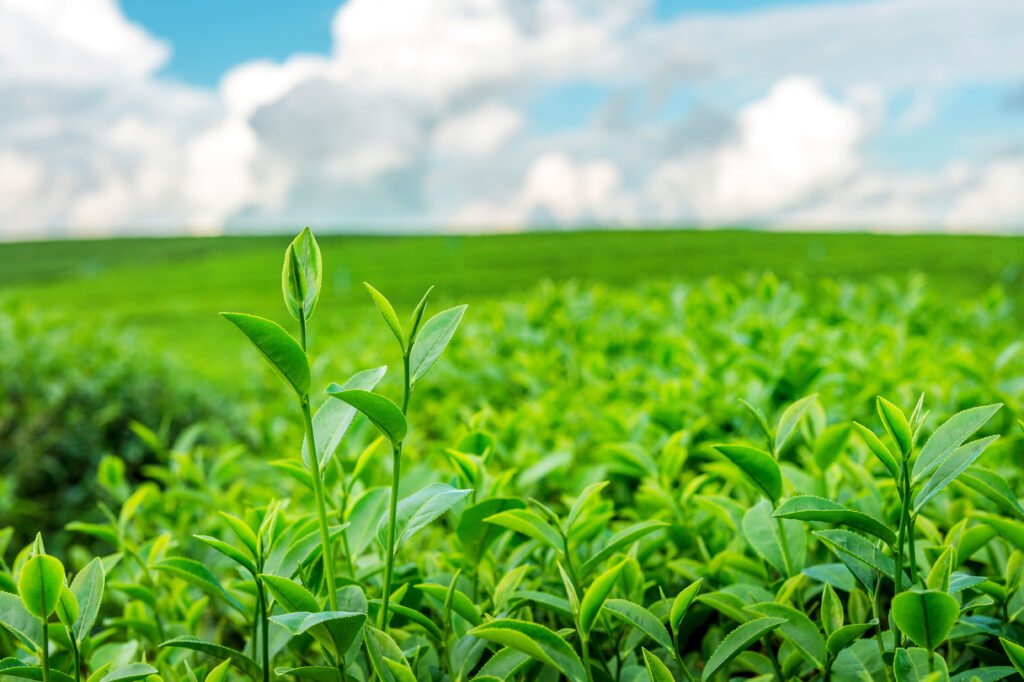Agriculture
Agriculture

Agriculture has been the backbone of India’s economy and culture since ancient times. Even today, it remains the primary livelihood source for nearly 60% of the rural population. India is among the top producers of rice, wheat, pulses, spices, fruits, and vegetables globally. Despite its critical role, the agricultural sector faces numerous challenges, including climate dependency, low profitability, and infrastructural constraints.
The agricultural system in India is largely characterized by small and fragmented land holdings. Most farmers depend heavily on monsoons, and many lack access to modern tools, irrigation facilities, and post-harvest storage infrastructure. Yet, agriculture continues to contribute significantly to food security, exports, and rural employment.

The Ministry of Agriculture and Farmers’ Welfare is responsible for implementing policies and schemes related to agriculture. Over the years, several initiatives have been launched to support farmers and improve productivity. These include the Pradhan Mantri Krishi Sinchayee Yojana (PMKSY) for enhanced irrigation, the Pradhan Mantri Fasal Bima Yojana (PMFBY) for crop insurance, and the National Agriculture Market (e-NAM) for better price realization through transparent marketing.
India has made important strides in achieving food sufficiency. The Green Revolution, which began in the 1960s, helped the country become a net exporter of food grains. In recent years, increased mechanization, improved irrigation, and greater use of high-yielding varieties have boosted productivity.
There has also been significant growth in allied sectors like horticulture, fisheries, and animal husbandry, further diversifying farmers’ income sources. Farmer Producer Organizations (FPOs) and agri-tech startups have begun to change the landscape by offering better market linkages, digital advisory services, and innovative solutions for supply chain challenges.

